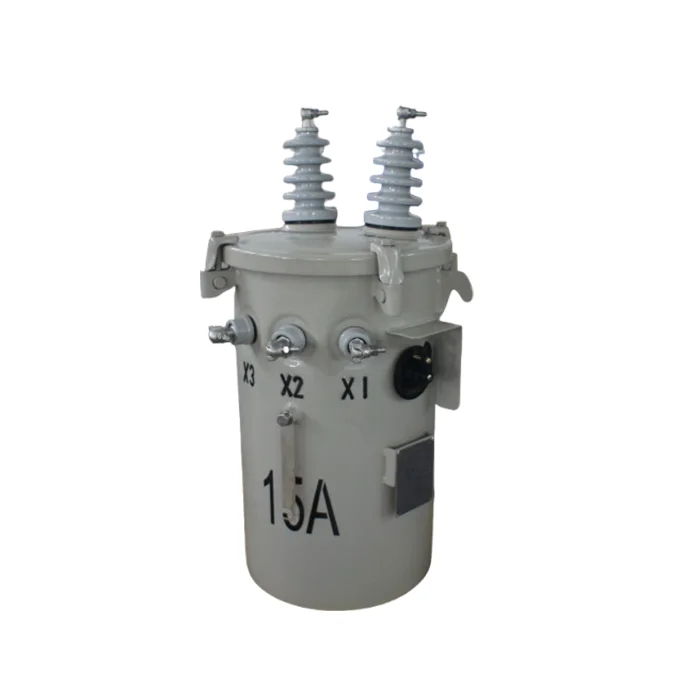Ensuring access to clean and safe drinking water is crucial for maintaining public health. One of the most effective methods used worldwide to purify drinking water is the addition of chemicals. In this blog post, we will explore the key chemical used in water purification and its role in safeguarding our health.
- The Importance of Water Purification:
Before delving into the specific chemical used for water purification, it is essential to understand why this process is necessary. Water from natural sources often contains various contaminants, including bacteria, viruses, parasites, and chemical pollutants. Purification eliminates these harmful substances, making water safe for consumption. - The Role of Chlorine:
Chlorine, in the form of chlorine gas or sodium hypochlorite, is the primary chemical used for water disinfection worldwide. It is a powerful oxidizing agent that effectively kills or inactivates a wide range of microorganisms, including bacteria, viruses, and protozoa. Chlorine also helps control the growth of algae and biofilms in water distribution systems. - Chlorine's Mechanism of Action:
When chlorine is added to water, it undergoes a chemical reaction known as chlorination. This process forms hypochlorous acid and hypochlorite ions, collectively referred to as free chlorine. Free chlorine attacks the cell walls and membranes of microorganisms, disrupting their vital functions and rendering them harmless. It also oxidizes organic matter and breaks down certain chemical contaminants, further enhancing water quality. - Ensuring Optimal Chlorine Dosage:
To ensure effective disinfection, it is crucial to maintain an appropriate chlorine dosage in the water. The dosage depends on various factors, including the quality of the source water, temperature, pH, and contact time. Water treatment plants carefully monitor and adjust chlorine levels to achieve the desired disinfection efficacy while minimizing the formation of disinfection byproducts. - Balancing Disinfection and Byproduct Formation:
While chlorine is highly effective in killing harmful microorganisms, it can react with naturally occurring organic matter in water to form disinfection byproducts (DBPs). Some DBPs, such as trihalomethanes (THMs), have been associated with potential health risks. Water treatment facilities employ advanced techniques like pre-oxidation, coagulation, and activated carbon filtration to minimize DBP formation while maintaining adequate disinfection.
Conclusion:
In the quest for safe drinking water, chlorine plays a vital role in water purification. Its powerful disinfectant properties help eliminate harmful microorganisms, ensuring the water we consume is safe and free from waterborne diseases. However, it is essential to strike a balance between effective disinfection and minimizing disinfection byproduct formation. By understanding the role of chlorine and implementing appropriate water treatment strategies, we can continue to enjoy clean and healthy drinking water.


